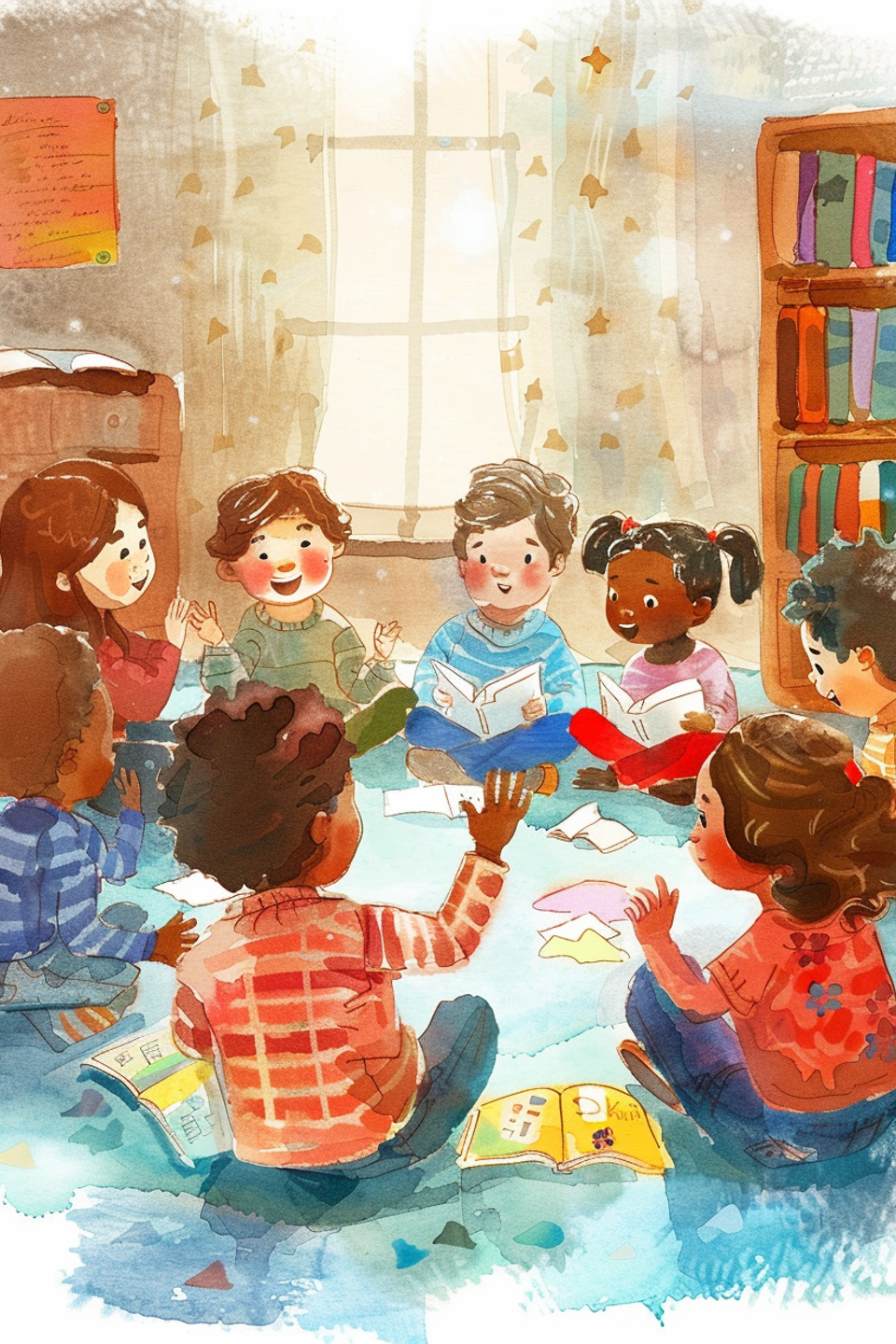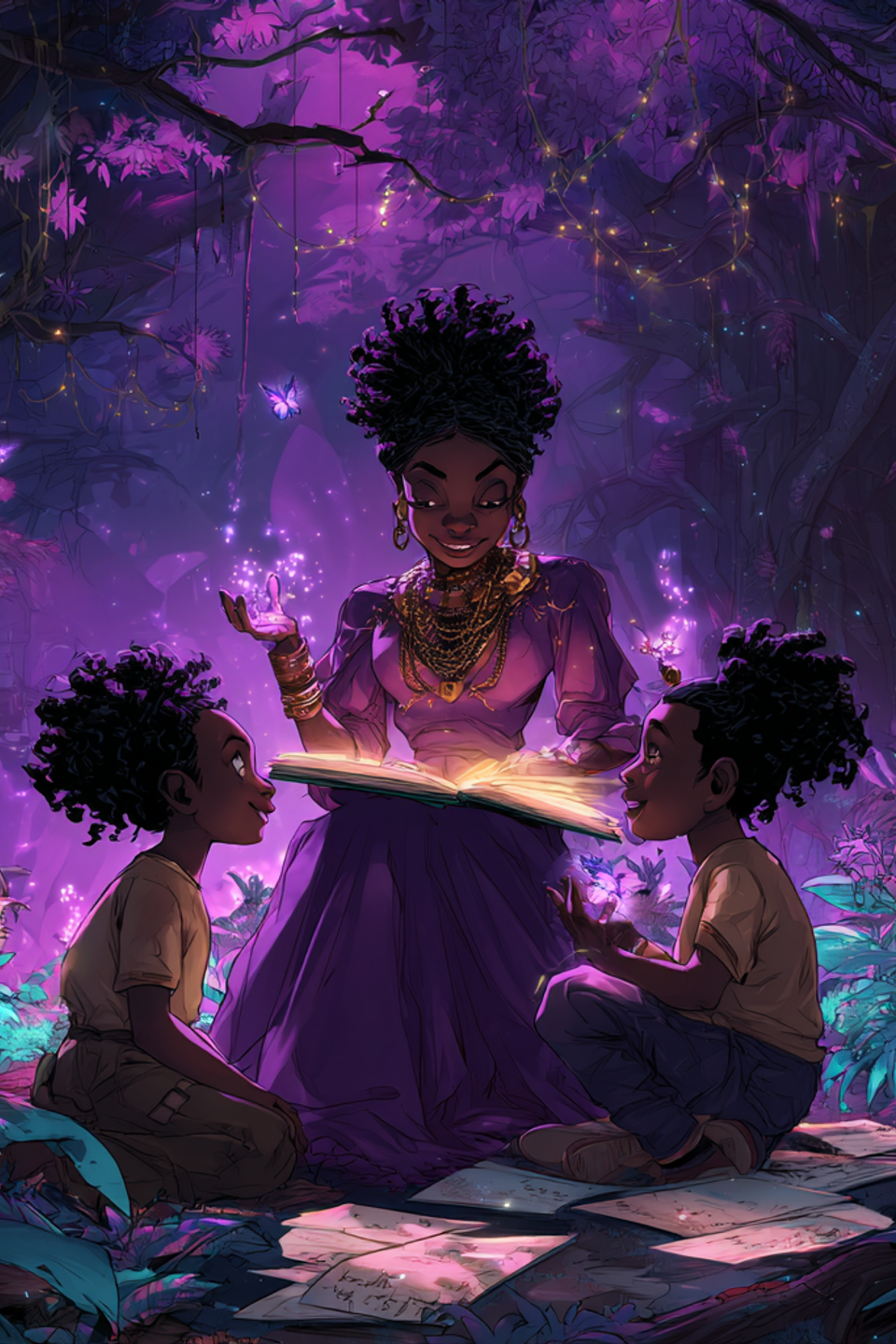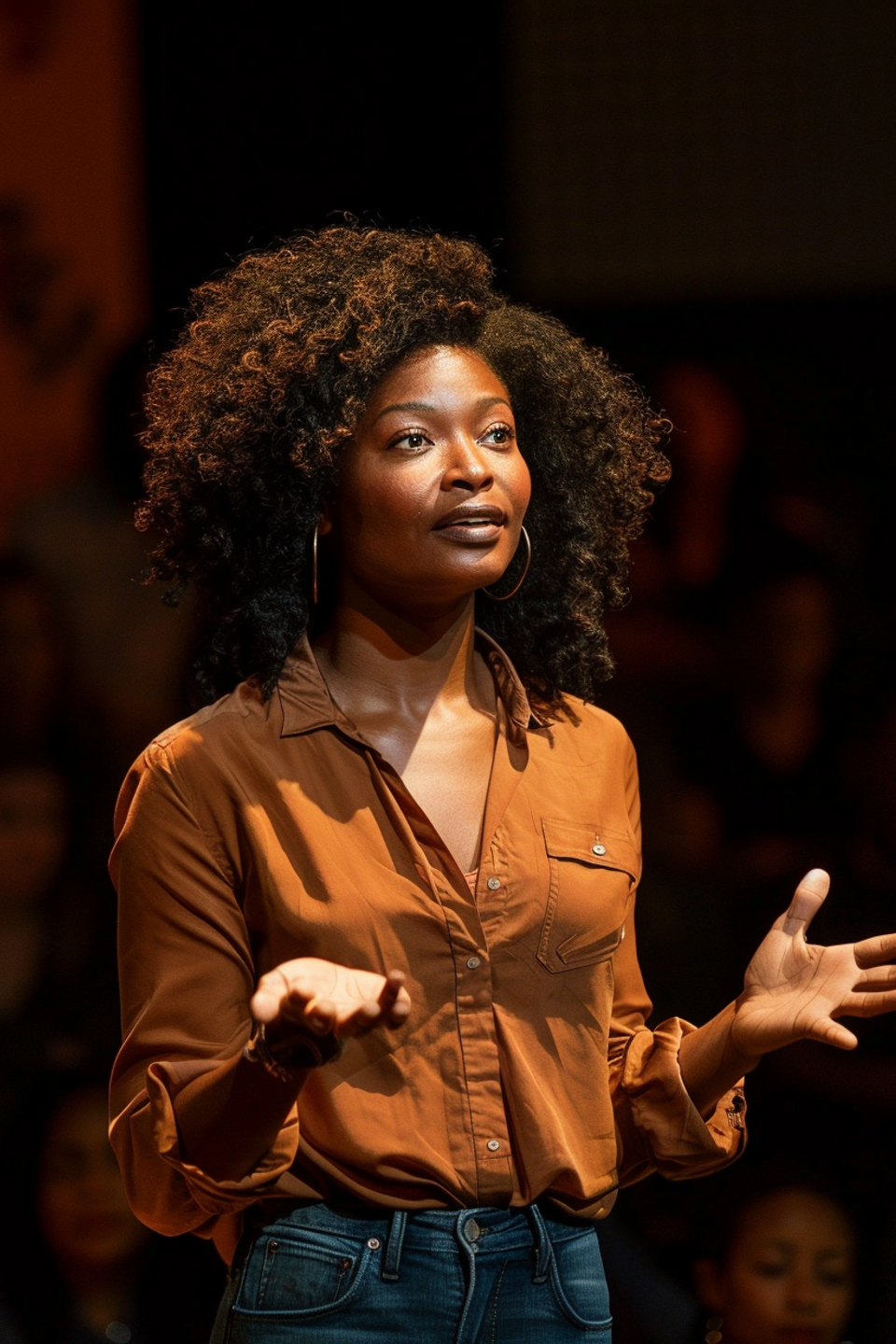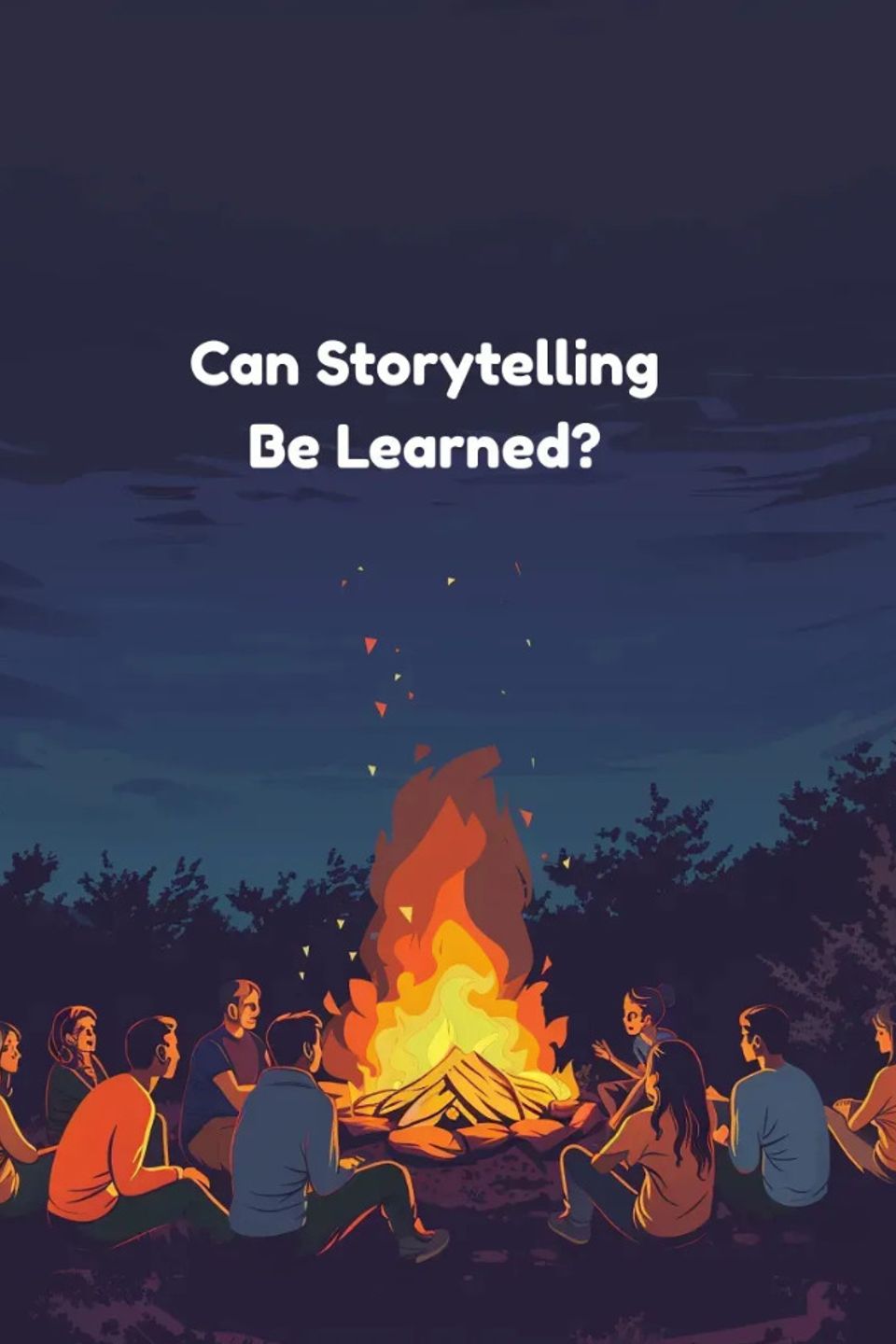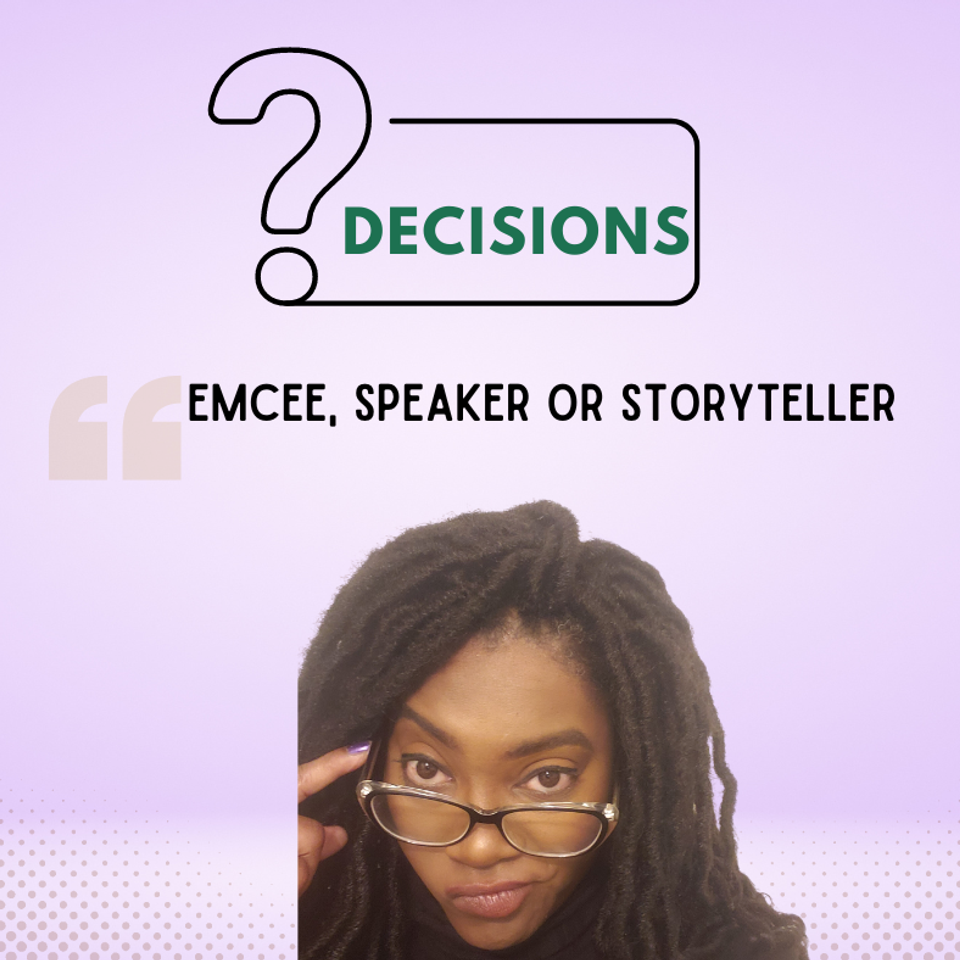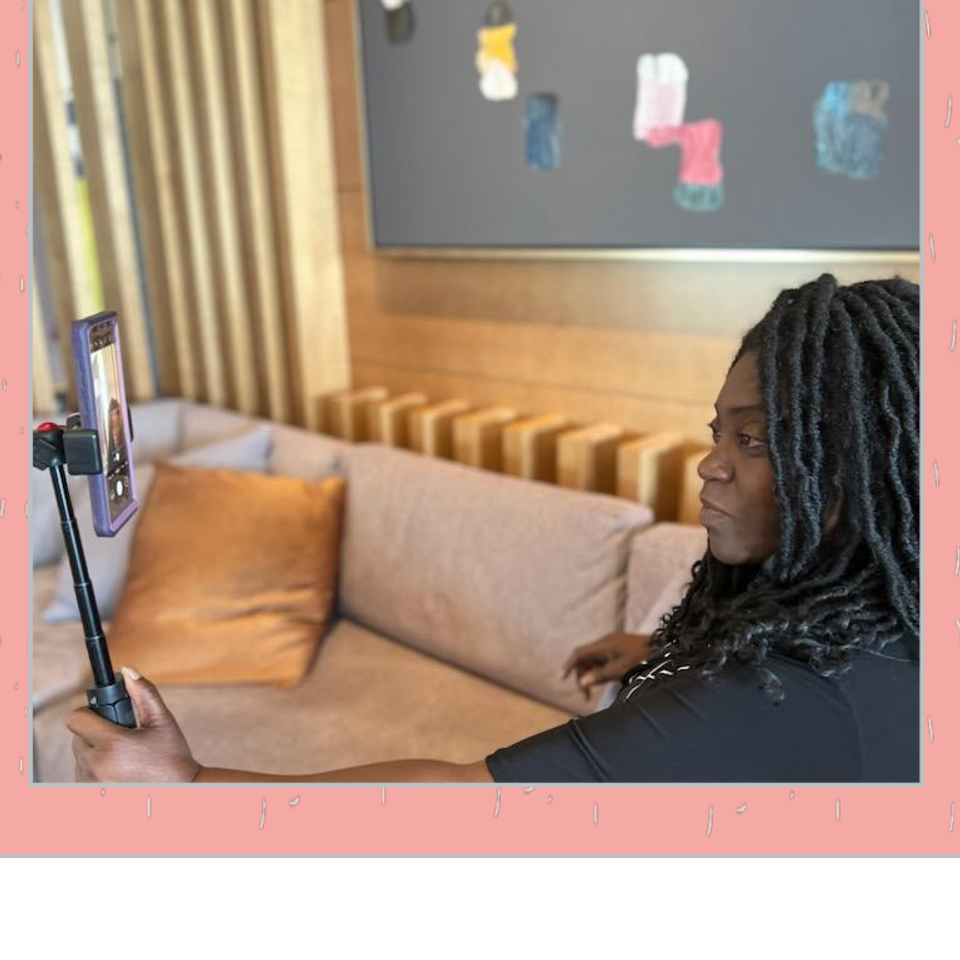
The Three Sisters’ Garden
I was on a garden tour one day, and as I walked through, everything was just beautiful. I saw bright flowers and tiny bonsai trees, all so peaceful and full of life. But there was one part of the garden that really caught my eye, something called The Three Sisters Garden.
In this section, I saw squash growing at the bottom, tall corn reaching toward the sky, and beans wrapping themselves gently around the corn stalk. The guide explained that this method is called The Three Sisters Garden, and it instantly grabbed my attention, not just because of the name, but because of how each plant supported the other.
Now, let me just say this, I’m not really a gardener. My style of gardening is what I like to call free-spirited gardening. And yes, I might’ve made that up! Basically, I just wet the ground, throw a bunch of seeds on it, and hope something grows. If it does, I’m happy. If it doesn’t, well, maybe it just wasn’t meant to be.
But standing there, looking at this garden where every plant had a role and purpose, it made me think of my own sisters. And honestly, it doesn’t even have to be sisters; it could be two brothers and a sister, three friends, or anyone who grows together and supports one another in life.
That’s what inspired this story… The Three Sisters’ Garden.
The Three Sisters’ Garden
Long ago, in a quiet village, there lived three sisters. Though they were different, their hearts beat as one, and they loved each other dearly.
The eldest sister was tall and proud. She planted corn, rising straight toward the sun. Her sturdy stalks became a ladder for her family.
The middle sister was gentle and clever. She planted beans, which twined gracefully around her elder sister. While she leaned on corn for support, she gave back to the soil. Beans would draw nitrogen from the air and return it to the earth, nourishing her sisters so they could all grow stronger.
The youngest sister was small but fierce. She planted squash, and her wide leaves stretched across the ground like a blanket. She shaded the soil to keep it cool, held water beneath her, and chased away weeds. She even protected the tall corn from harsh winds by covering the ground with her vines.
Together, the three sisters grew in harmony. Corn gave strength, beans gave nourishment, and squash gave protection.
For centuries, Native peoples planted them side by side, knowing that the Three Sisters thrived best when they stood together. Not only did they balance the garden, but they balanced the people, too, corn giving energy, beans providing protein, and squash offering vitamins and strength.
And so, the story was told just as the Three Sisters of the garden care for one another, so must sisters in life. For when they stand together, protecting, supporting, and nourishing, nothing can tear them apart.

